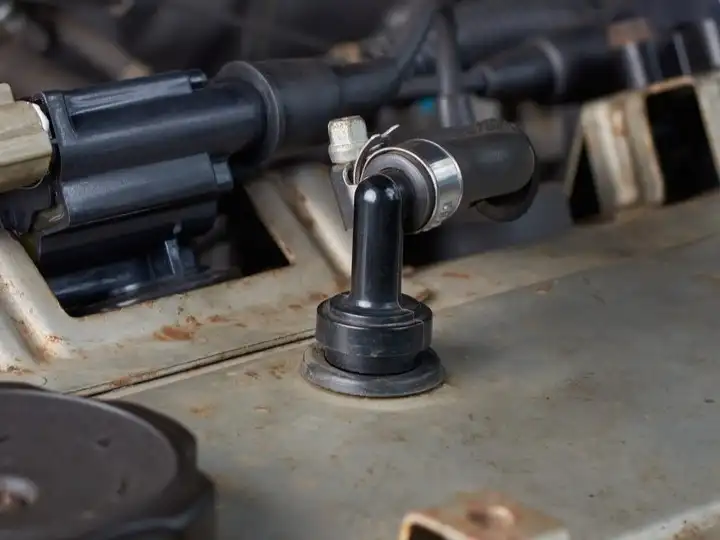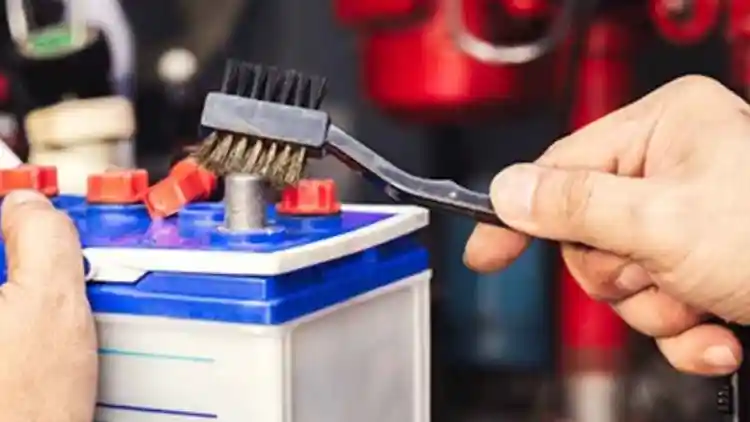The Positive Crankcase Ventilation (PCV) system plays a vital role in maintaining engine efficiency by regulating internal pressure and recycling oil vapors and gases. This process reduces harmful emissions and prevents sludge buildup inside engine components. When the PCV system becomes clogged, it directly affects engine performance; fuel consumption increases, power drops, and emissions become noticeably higher. Especially in harsh GCC driving conditions, maintaining a clean PCV system is crucial to extending the engine's lifespan and keeping its performance consistent.
Warning Signs Your PCV System Is Clogged

A clogged PCV valve or its connected hoses often triggers several noticeable symptoms. Engine oil consumption rises despite the absence of visible leaks. Drivers may also experience a drop in acceleration response and a rise in oil pressure, which could cause leaks around gaskets and seals.
Blue smoke from the exhaust indicates excessive oil burning, while irregular engine idle or fluctuating RPMs at low speeds also point to trouble in the system. Recognizing these signs early helps prevent more serious engine damage and indicates that a thorough PCV system cleaning is due.
Step by Step Guide to Cleaning Your PCV Valve

Cleaning the PCV system is a straightforward process that can be done using basic tools, whether in a workshop or at home. Start by gathering a PCV valve cleaner spray, a wrench to loosen the valve, a soft brush, a clean cloth, and a pair of protective gloves. Open the engine hood and locate the PCV valve, usually connected to the valve cover with a small ventilation hose. In some vehicles, it may be hidden under a plastic engine cover that needs to be removed.

Carefully disconnect the valve and hoses, then spray the inside of the valve with cleaner and allow it to soak for a few minutes. Use the soft brush to scrub away buildup, and wipe everything thoroughly with the cloth. Once clean, reassemble the system securely and start the engine to ensure smooth operation and no leaks. To keep the system functioning optimally, it’s recommended to clean the PCV valve every 20,000 to 30,000 kilometers, use high quality engine oil, and regularly check the air filter for clogs or contamination.













